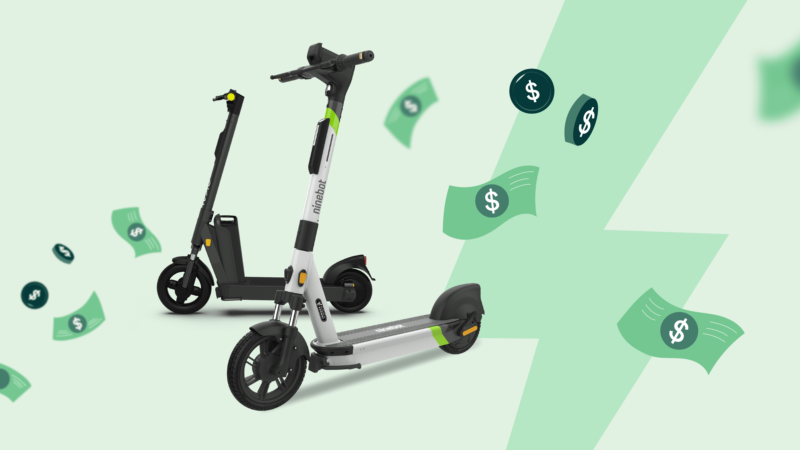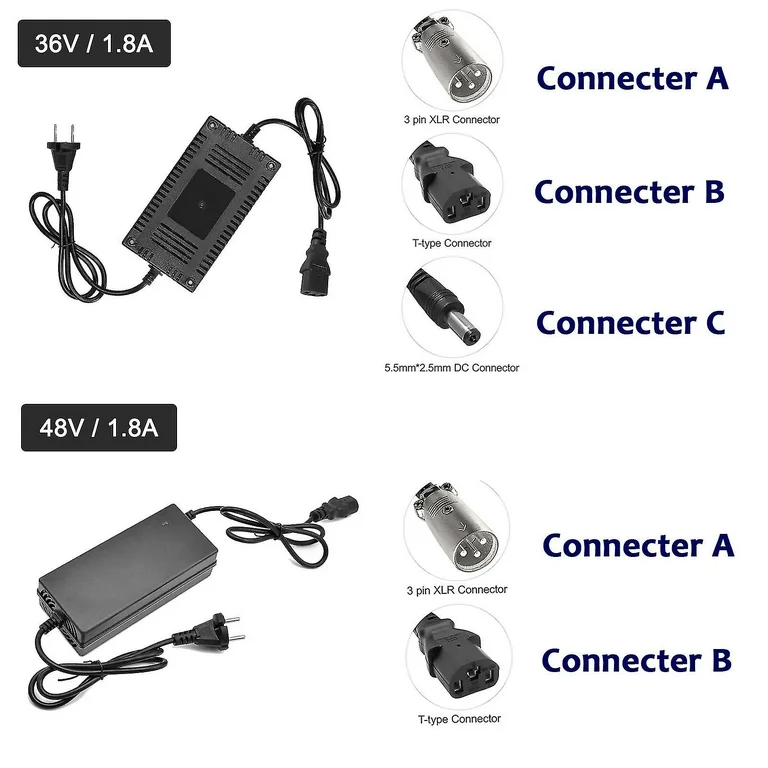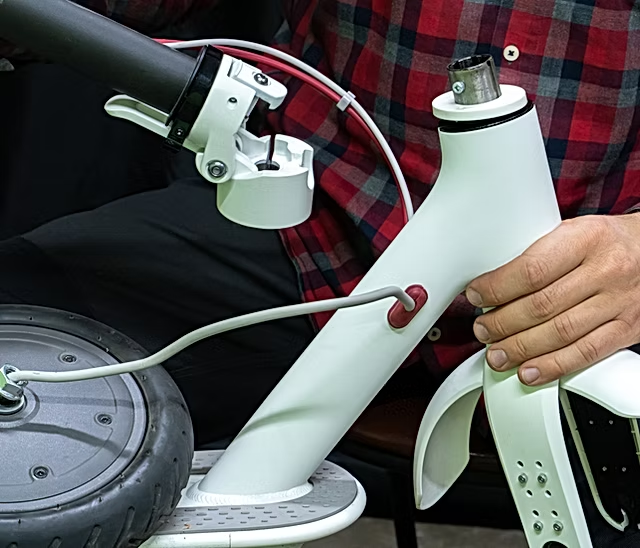Electric scooters are becoming an everyday sight in cities and towns around the world. But there’s a real question many buyers ask before taking action: how much should you expect to pay? Whether you’re purchasing for individual commuting, adding to a fleet, or supplying wholesale partners, understanding pricing details can make a big difference in decision-making. This article gives you a full, clear look at everything impacting electric scooter costs, laying out exactly what you need to know in simple language. We will break down factors influencing price, hidden costs, lifespan expectations, and more, using real-world data and examples to make the decision easier for you. Let’s dig into the numbers and insights you need.
1. How much does an electric scooter typically cost?
If you have been browsing for an electric scooter, you already noticed a wide range of prices. Here’s the deal: scooter prices vary dramatically based on model type, brand, features, and performance. Entry-level scooters meant for casual commuting typically cost between $300 and $600. Mid-tier models offering longer ranges and better speed fall into the $700 to $1,200 bracket. Premium scooters built for power, endurance, and heavy usage can range from $1,500 to $3,500.
Ready for the good part? Some highly specialized scooters, used for off-road riding or equipped with dual motors, can push the budget even further, sometimes exceeding $5,000. However, for standard urban commuting, most buyers will find a reliable model in the $500 to $1,200 range.
Here’s a quick overview:
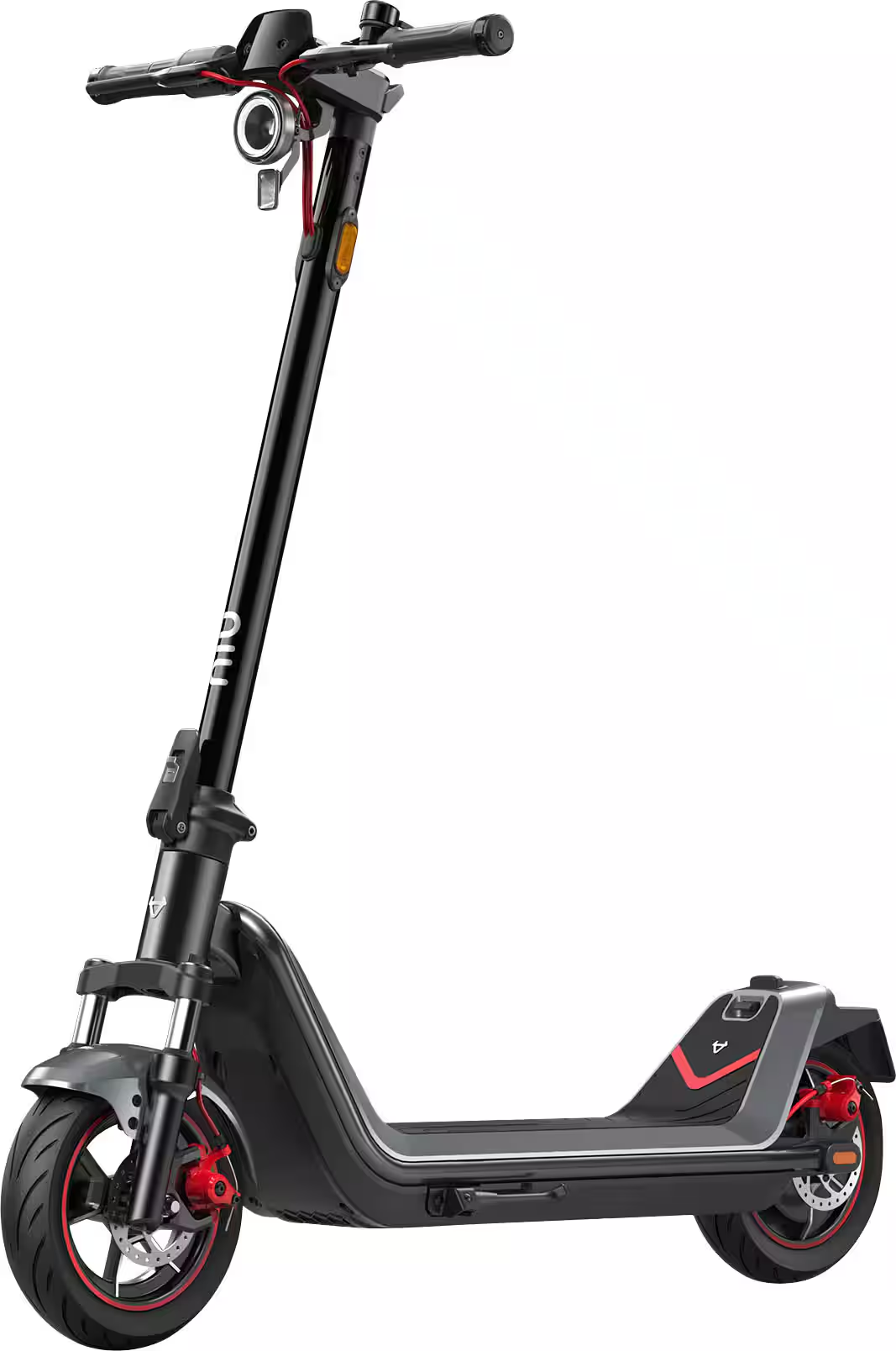
Typical Price Range Breakdown
| Scooter Category | Typical Price Range | Use Case |
|---|---|---|
| Entry-Level | $300–$600 | Short commutes, occasional rides |
| Mid-Tier | $700–$1,200 | Daily commuting, moderate distances |
| Premium | $1,500–$3,500 | Long-range, performance-focused riding |
| High-End Specialty | $3,500+ | Off-road, racing, heavy-duty use |
Understanding where your needs fall on this scale will keep you from overspending or underestimating what you actually need.
2. What factors influence electric scooter prices?
There’s no way around it: a scooter’s price reflects more than just the brand name. Let’s talk specifics. But here’s the kicker — the battery, motor, materials, and extra features all push the cost up or down. Higher battery capacity means longer riding distances and, naturally, higher prices. Stronger motors enable faster speeds and better hill climbing, which you’ll often pay extra for.
Materials matter too. Scooters built with aerospace-grade aluminum, reinforced carbon fiber, or waterproof components typically cost more but last longer. Features like suspension systems, disc brakes, advanced LED displays, and smartphone integration add value but also stack up the final price.
Key Factors Impacting Cost
| Factor | Description | Impact on Price |
|---|---|---|
| Battery Size | Higher capacity = longer range | Significant |
| Motor Power | Faster speeds and torque | High |
| Frame Material | Lightweight and durable | Medium to High |
| Safety Features | Brakes, lights, suspension | Medium |
| Tech Features | Bluetooth, displays, apps | Medium |
Knowing what you actually need — versus what sounds cool but isn’t necessary — will help manage your investment wisely.
3. How do brand reputations affect pricing?
What’s the real story? Trusted brands charge more, and there’s a reason behind it. Companies like Segway, Xiaomi, Apollo, and Kaabo have proven track records. Their products usually pass stricter quality tests, offer better after-sales service, and provide warranties that actually mean something. In contrast, no-name or “white-label” brands found on marketplaces might offer eye-popping discounts but often deliver products with limited lifespans and minimal customer support.
In B2B scenarios, brand matters even more. Your reputation gets tied to the products you distribute or use in your fleet. That’s why paying a slight premium upfront can save major headaches later on.
Major Brand vs. Generic Brand Comparison
| Aspect | Major Brand | Generic Brand |
|---|---|---|
| Warranty Support | Strong | Weak or None |
| Reliability | Proven | Uncertain |
| Customer Service | Available and responsive | Limited |
| Resale Value | Higher | Low |
Selecting a reputable brand could become your competitive advantage in a crowded market.
4. Are there hidden costs to owning an electric scooter?
Most people think the sticker price is the whole story. Ready for the good part? Hidden costs can sneak up if you’re not paying attention. Maintenance, replacement parts, accessory purchases like helmets or locks, and eventual battery swaps all add layers to the real price over time.
Maintenance can include tire replacements, brake pad changes, suspension tuning, and software updates. Accessories, while optional, often become necessary for safety or convenience, like phone holders, bags, or upgraded lights.
Hidden Ownership Costs Overview
| Hidden Cost | Average Expense |
|---|---|
| Regular Maintenance | $50–$150 annually |
| Battery Replacement | $150–$400 |
| Accessories | $30–$300 depending on items |
Budgeting beyond the purchase price ensures you won’t feel blindsided months after purchase.
5. How much should you budget for regular maintenance?
Maintenance is inevitable, even for top-tier scooters. This is where it gets interesting… Small regular maintenance expenses add up across the scooter’s lifespan. Common items like tires, brakes, and bearing lubrication require attention at least annually if not more often under heavy usage.
Depending on your technical comfort, some users prefer DIY fixes using online tutorials, reducing labor costs significantly. However, many fleet owners or businesses prefer using authorized service centers, which often charge premium rates.
Maintenance Frequency and Costs
| Maintenance Task | DIY Cost | Professional Service Cost |
|---|---|---|
| Tire Change | $20 | $50–$100 |
| Brake Pad Replacement | $15 | $40–$70 |
| Battery Diagnostic Check | Free (if DIY) | $50–$100 |
Allocating at least $100–$250 per year for upkeep is a safe bet.
6. What is the average lifespan of an electric scooter?
Here’s the straight answer: lifespan heavily depends on usage patterns, maintenance habits, and product quality. Casual commuters using a scooter a few times a week might see 3 to 5 years of service. Heavy daily users who expose scooters to tough terrain or weather could face major repairs within 2 years.
But here’s the kicker… Weather plays a huge role too. Exposure to rain, snow, or extreme heat can degrade the motor, battery, and frame over time.
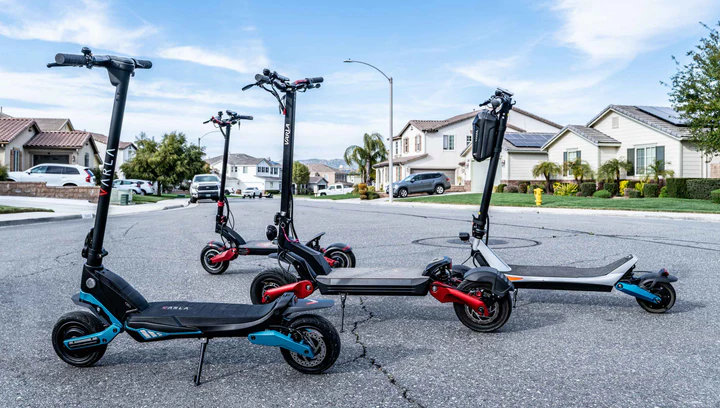
Expected Scooter Lifespan Estimates
| Usage Type | Expected Lifespan |
|---|---|
| Light Use | 4–5 years |
| Moderate Use | 3–4 years |
| Heavy Use | 1–3 years |
7. How does battery life impact the total cost of ownership?
Battery life is often the silent expense that catches many off guard. Here’s where it gets interesting… While the upfront scooter price might seem manageable, battery degradation over time can lead to costly replacements that push your total spend way beyond your initial budget. Most scooter batteries are designed to handle around 300 to 500 full charge cycles before noticeable performance drops. For a daily commuter, that translates roughly into a 1.5 to 2.5-year effective lifespan.
Now, not all batteries are created equal. Higher-end scooters use premium lithium-ion cells that hold charge better over time, whereas cheaper models often show quicker deterioration. Beyond replacement costs, a weakening battery means shorter ride ranges and increased charging frequency, leading to less convenience and more frustration. Plus, sourcing and installing the correct replacement battery is often more complicated than buyers anticipate.
Impact of Battery Life on Costs
| Battery Factor | Impact on Ownership Cost |
|---|---|
| Capacity Loss | Shorter ride range, more frequent charges |
| Replacement Expense | $150–$400 depending on model |
| Installation Costs | Extra labor charges if done professionally |
| Downtime | Reduced usability while awaiting repairs |
Understanding battery wear and factoring its cost early can make a massive difference in planning long-term ownership budgets.
8. Are cheap electric scooters worth buying?
You might be wondering: is grabbing a $300 scooter ever a smart move? The short answer is — it depends. Cheap scooters absolutely fill a market need for budget-conscious buyers or casual users. But here’s the kicker… Their durability, performance, and service life often fall short of expectations, especially when compared to slightly more expensive mid-tier models.
Low-priced scooters frequently use smaller batteries, lower-grade motors, and minimal suspension systems. This often results in slower speeds, shorter range, and less comfortable rides. Moreover, warranties on budget models are limited or non-existent, and customer support can be poor or difficult to access. However, if your use case involves occasional, short rides on smooth city streets, an affordable model might still offer decent value.
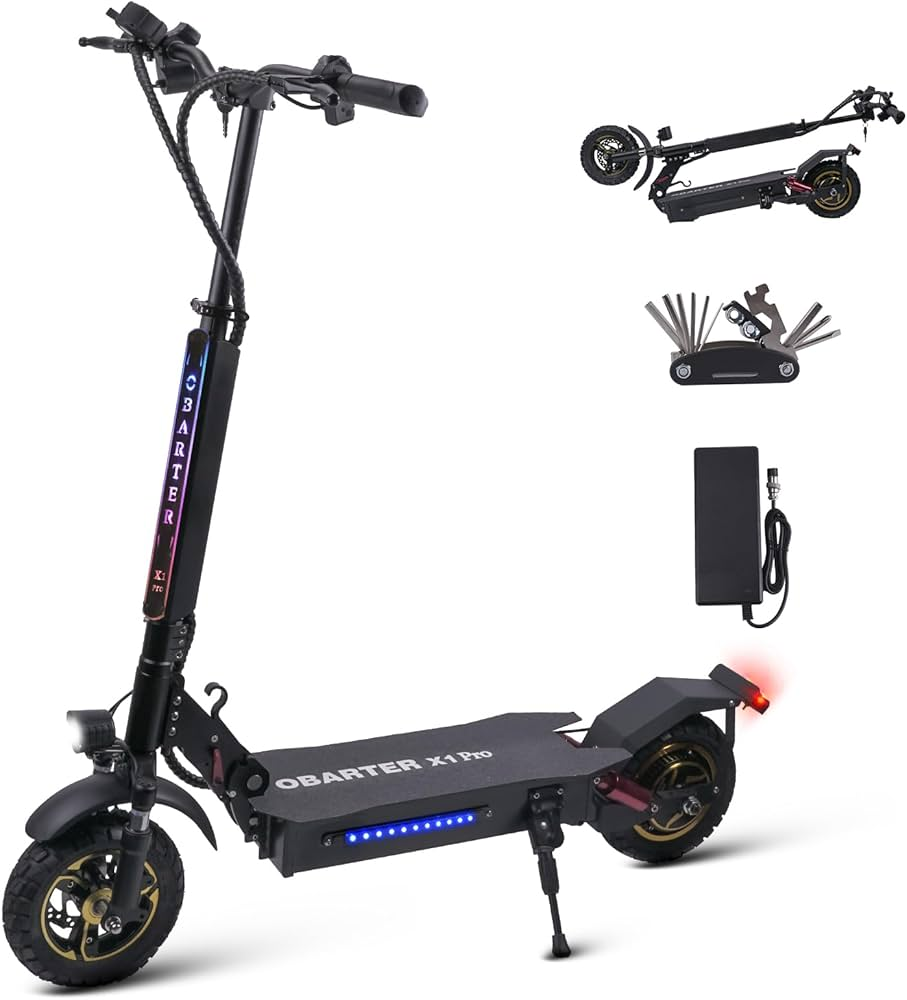
Pros and Cons of Budget Electric Scooters
| Advantages | Drawbacks |
|---|---|
| Lower upfront cost | Shorter lifespan |
| Good for casual riders | Limited warranty |
| Lightweight and portable | Basic features only |
If you intend heavy or daily usage, stretching the budget into mid-tier territory almost always pays off in the long term.
9. What are the benefits of investing in a higher-priced model?
When it comes to quality, you often get what you pay for. Ready for the good part? Premium scooters deliver enhanced performance, superior safety, longer lifespan, and lower long-term maintenance costs. Investing a little more upfront often translates into a more reliable and enjoyable ownership experience.
High-end models come equipped with stronger brakes, better suspension systems, faster speeds, longer ranges, water resistance, and intuitive smart features. Riders typically experience smoother acceleration, better hill-climbing capabilities, and far fewer mechanical issues. For B2B operators managing scooter fleets, these benefits scale significantly, reducing downtime and service costs.
Premium Scooter Advantages
| Feature | Benefit |
|---|---|
| Advanced Brakes | Safer stopping distances |
| Superior Suspension | Smoother, more comfortable rides |
| Larger Batteries | Extended travel range |
| Durable Build | Withstands weather and rough terrain |
Choosing premium models can quickly prove to be a better long-term financial and operational decision, especially for high-usage scenarios.
10. How do electric scooter financing and payment plans work?
Not ready to drop a large sum in one go? You are not alone. Financing options have made electric scooters accessible for a broader market segment. What’s the real story? Many retailers and online stores now offer monthly installment plans with low or no interest rates for qualified buyers.
Typical financing terms range between 6 to 24 months. Buyers undergo a credit check and, if approved, can walk away with a top-tier scooter for as little as $50 to $100 per month. Some platforms even offer buy-now-pay-later (BNPL) plans that spread payments out without interest if paid within a short promotional period.
Financing vs. Full Payment Comparison
| Payment Method | Pros | Cons |
|---|---|---|
| Full Payment | No extra fees | High upfront cost |
| Financing Plan | Spreads cost over time | Interest charges if late |
| BNPL | Zero interest (if conditions met) | Late fees and penalties |
Financing can be a smart move, but understanding the fine print is absolutely crucial.
11. Where can you find the best deals on electric scooters?
Here’s the deal: where you shop dramatically affects how much you spend. Online marketplaces like Amazon, Best Buy, or dedicated scooter retailers often offer lower prices compared to physical stores, mainly due to lower overhead costs. But here’s the kicker… buying online also introduces risks like misrepresented specifications, poor warranty support, or difficult returns.
Seasonal promotions such as Black Friday, Cyber Monday, or back-to-school sales often feature significant discounts. Additionally, factory-refurbished units from reputable sellers can offer near-new performance at lower prices, provided they come with a verified warranty.
Where to Find Scooter Deals
| Source | Best For | Watch Outs |
|---|---|---|
| Online Retailers | Convenience, Variety | Returns and warranty claims |
| Local Shops | Test rides, Support | Higher prices |
| Refurbished Units | Low prices | Shorter warranties |
Balancing convenience, support, and pricing ensures the best outcome when shopping.
12. How do features like suspension and tires affect pricing?
You might not realize it immediately, but small details like suspension systems and tire types make a big difference in both ride quality and cost. This is where it gets interesting… Air-filled tires and hydraulic suspension systems cost more to produce but offer massive improvements in handling, shock absorption, and overall comfort.
Solid tires eliminate the risk of flats but ride harsher and sometimes reduce traction. Similarly, scooters without suspension rely solely on tire cushioning, making them unsuitable for rougher terrains or longer commutes.
Suspension and Tire Comparison
| Feature | Comfort Level | Price Impact |
|---|---|---|
| Solid Tires | Low | Lower cost |
| Air-Filled Tires | High | Moderate cost |
| Basic Suspension | Medium | Moderate cost |
| Hydraulic Suspension | Very High | High cost |
Prioritizing these features can completely transform the day-to-day experience of scooter riding.
13. Should you buy an electric scooter online or in-store?
Well, it depends. Both online and in-person shopping have strong points. Here’s where it gets interesting… Online stores usually provide broader selection, better prices, and user reviews to guide decisions. Physical stores, however, offer test rides, instant gratification, and easier returns or repairs.
Risk tolerance, urgency, and trust in the seller heavily influence which method is better for you. Businesses buying in volume often negotiate better deals directly with manufacturers or authorized distributors.
Online vs In-Store Purchasing
| Factor | Online | In-Store |
|---|---|---|
| Price | Generally lower | Generally higher |
| Selection | Wider variety | Limited models |
| Support | May vary | Immediate and local |
Smart buyers weigh all these angles carefully before making a final call.
14. How do government incentives and subsidies impact scooter costs?
Believe it or not, governments want you riding electric vehicles. But here’s the kicker… not all regions offer incentives, and those that do usually impose strict eligibility rules.
In cities like Paris, London, or select U.S. states, local authorities offer rebates for buying personal electric vehicles, including scooters. These can range from $100 to $600 per unit, drastically lowering upfront costs. However, requirements may include purchase through approved retailers or minimum battery sizes.
Sample Electric Vehicle Incentives
| Location | Incentive Amount | Key Conditions |
|---|---|---|
| Paris | €400 rebate | Buy local, register vehicle |
| California | Up to $500 rebate | Low-income households |
| London | £300 rebate | Scrap older vehicle for credit |
Checking your local government’s EV incentive programs could save hundreds per purchase.
15. What questions should you ask before purchasing an electric scooter?
Before pulling out a credit card, savvy buyers ask smart questions. Here’s where it gets interesting… Key inquiries revolve around specifications, service support, warranty policies, and spare part availability.
Important points include verifying maximum load capacities, real-world range (not just lab-tested estimates), waterproof ratings, service network availability, and resale value prospects. Trustworthy sellers should provide detailed answers without hesitation.
Pre-Purchase Checklist
| Question | Reason for Asking |
|---|---|
| What is the warranty policy? | Protects your investment |
| Where is service available? | Reduces downtime |
| Is the scooter water-resistant? | Extends lifespan |
| Are spare parts available? | Facilitates repairs |
| What is the real-world range? | Sets realistic expectations |
Getting clarity upfront leads to better, smarter buying decisions.
FAQ Section
Q1: What is the average cost of an electric scooter?
Electric scooters usually cost between $300 and $2,500 depending on brand, battery size, and features.
Q2: How does battery size impact electric scooter price?
Bigger batteries mean longer ranges and higher costs due to better cell quality and larger pack sizes.
Q3: Are maintenance costs for electric scooters high?
Maintenance is generally low compared to cars, but battery replacement and brake servicing can add notable costs.
Q4: Is it better to buy online or at a physical store?
Buying online often saves money but buying locally gives quicker support and easier warranty processing.
Q5: Are there discounts or incentives available for buying electric scooters?
Yes, many cities offer rebates or incentives to promote eco-friendly transportation, saving you $100 to $600 depending on location

